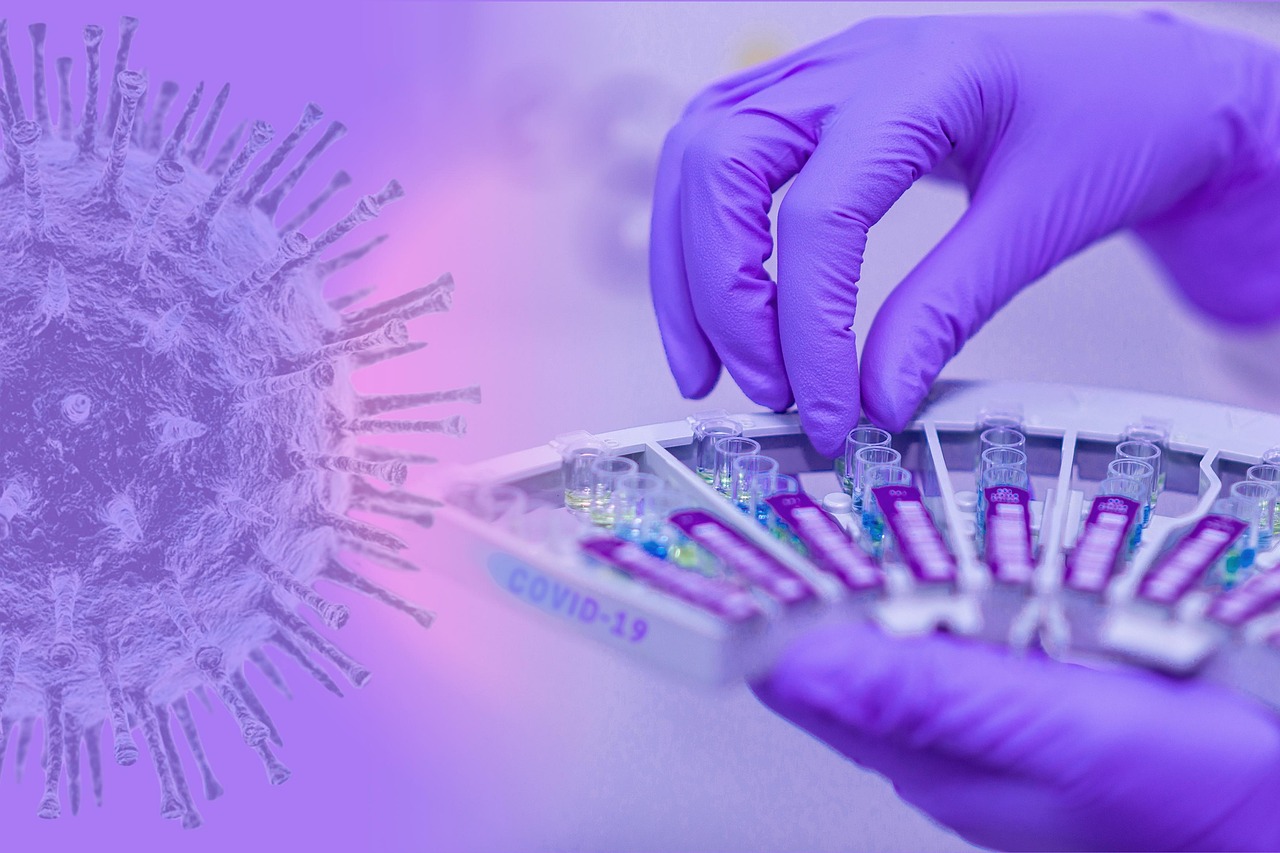U.S. researchers have released the results of a study that proves that PFAS “eternal chemicals” can pass into breast milk. Perfluorinated and polyfluorinated substances, commonly used in many areas of industry, resist decomposition and are therefore practically ubiquitous.
PFASs have properties that are used to repel water and grease from paper food packaging, outdoor clothing, and carpets. The chemicals are used by a wide range of industries, including cosmetics, fire-fighting foams, and hydraulic fluids, in the production of metalized objects, photographic equipment, lubricants, and dyes. They are contained, for example, in Teflon dishes surface treatment and Gore-Tex waterproof fabric membrane.
PFAS in Breast Milk
PFAS can easily accumulate in animal bodies and the environment. Therefore, some of these PFASs are no longer used in industry, have been banned and replaced by less harmful PFASs.

The researchers tested breast milk from 50 women on 39 different PFASs, including nine that are currently used in industries. All breastfeeding women tested had these chemicals in their breast milk. The study authors found 16 PFAS out of 39 sought, 12 of whom are in more than 50 percent of the milk samples analyzed.
Fluctuating Limits
Compared to previous findings, some dangerous PFASs had a decrease in breast milk concentrations. This applies to those substances that have been used in the past but are now banned. Their concentrations logically decrease. On the other hand, the amount of new PFAS in breast milk, which is now not considered high risk, is increasing.
The most likely source is the ingestion of water and food packaging. Although there are technologies that can destroy these chemicals through electrochemical oxidation or the use of bacteria, so far, they remain experimental.
Source: https://pubs.acs.org/doi/10.1021/acs.est.0c06978




